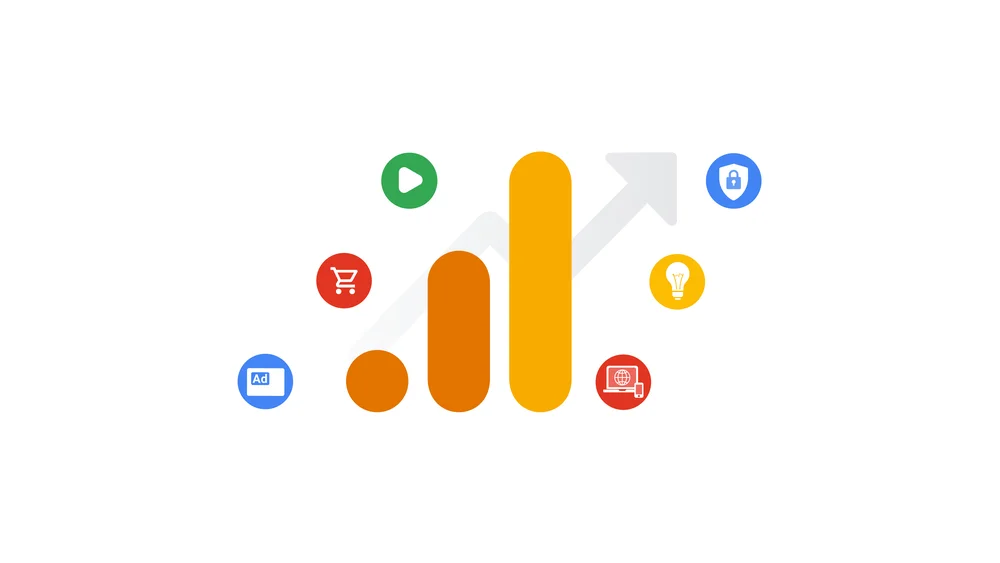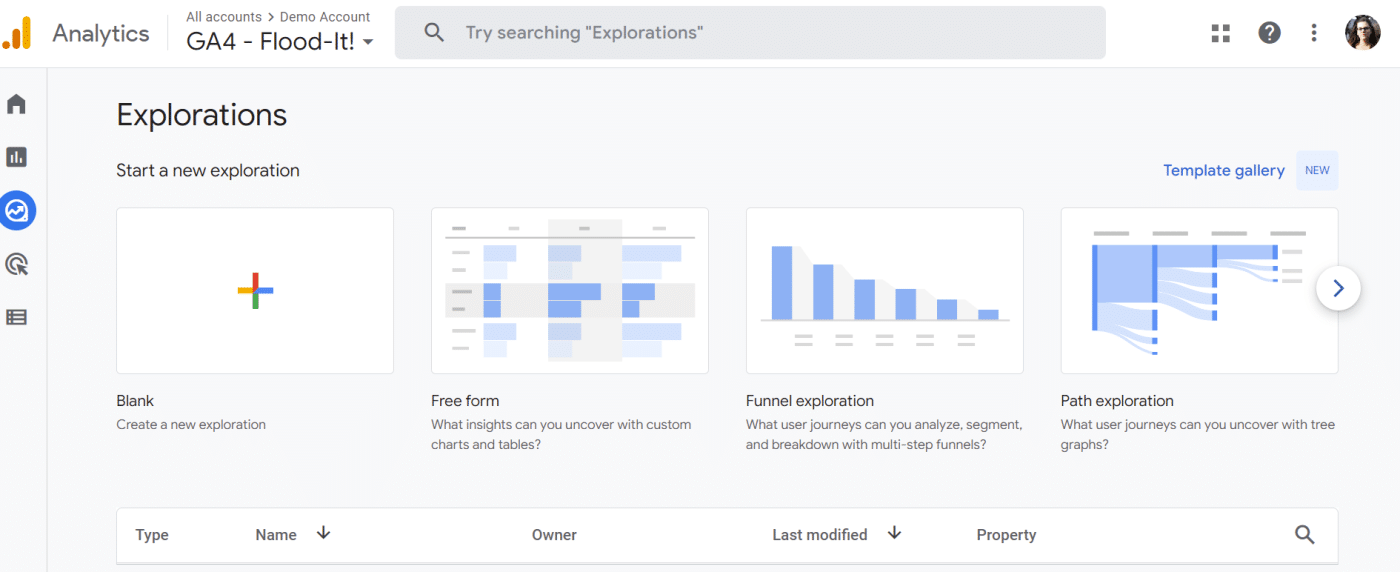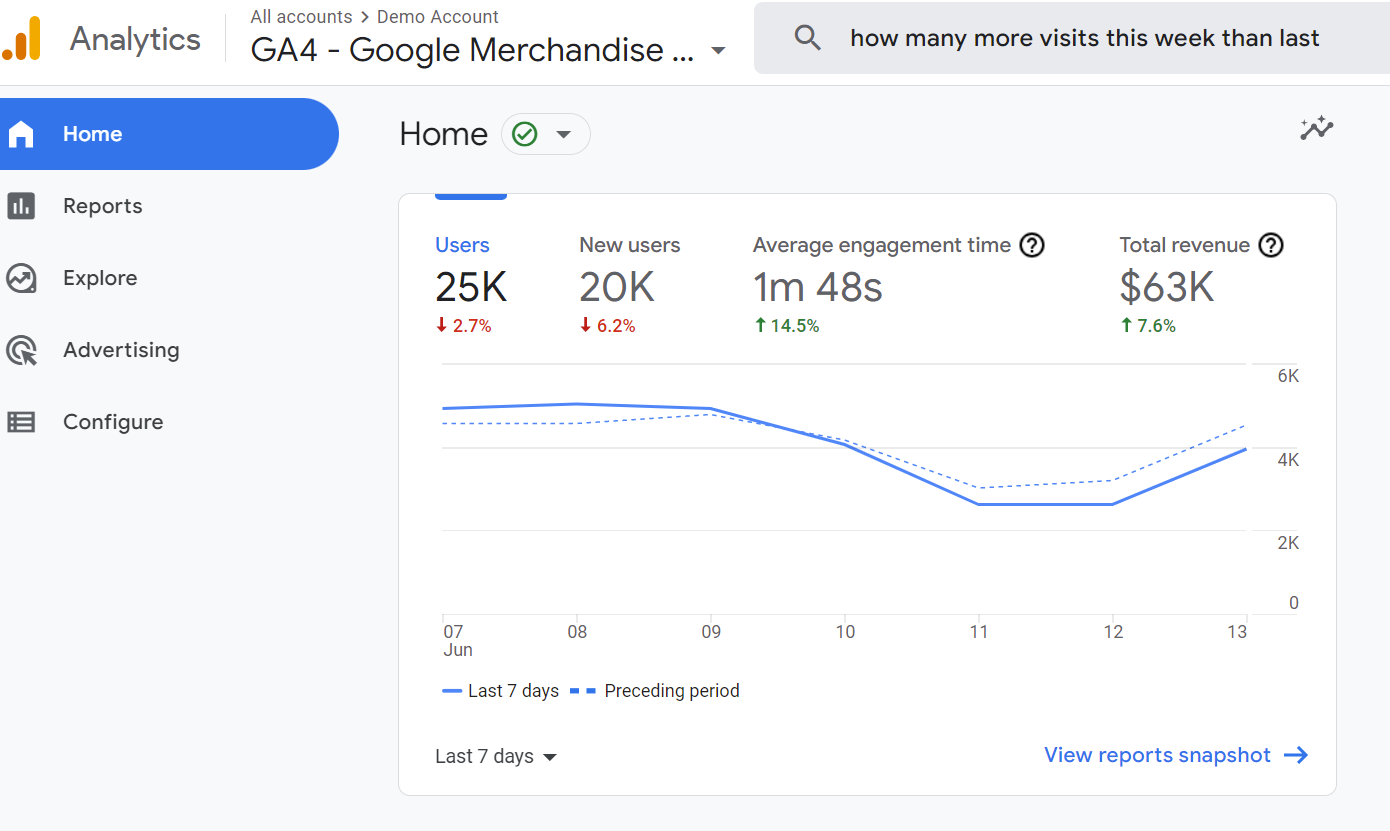Google Analytics is a web analytics service that was launched by Google in November 2005. It allows website owners to track and analyze their website’s performance, such as the number of visitors, the sources of traffic, the behavior of users, and more. Google Analytics has since become the most widely used web analytics service in the world.
Google Analytics was initially developed by Urchin Software Corporation, a web analytics company that Google acquired in 2005. After the acquisition, Google rebranded the Urchin software as Google Analytics and made it available as a free service to all website owners.
Over the years, Google has continually updated and improved Google Analytics to provide more advanced tracking and analysis capabilities. In 2011, Google introduced Universal Analytics, a new version of Google Analytics that allowed for better cross-device tracking and measurement.
Google launched the latest version of Google Analytics, known as Google Analytics 4 (GA4).

GA4 represents a significant shift in how data is collected and analyzed, with a new event-based data model that provides more flexibility and accuracy. It also includes machine learning capabilities to help businesses gain better insights into their user behavior and predict future trends.
What is Google Analytics 4?
The Google Analytics 4 update is a major shift in the platform that provides businesses with more data and insights than ever before. It’s a significant step towards empowering organizations to make smarter, more informed decisions about their online presence. The most important changes include an upgraded user interface, new reporting capabilities, and improved tracking technology.
The redesigned interface makes navigating reports and creating custom alerts easier to stay on top of your analysis. Additionally, the new reporting capabilities allow you to get deeper insights into user behavior such as journey analysis and conversions across device types. Lastly, the improved tracking technology provides accurate data from both website and app users. With these features, businesses now have access to valuable insights about their audience no matter what device they use.
The Major Changes in the GA4 Update
The language used in Google Analytics is changing, and while the reasons for using GA data remain the same, the available data and ways to answer questions have evolved. Several metrics that were standard in Universal Analytics have either changed or been replaced with new ones.
For example, old behavioral measurements such as bounce rate and average session duration have been replaced with more impactful metrics such as engagement rates and engaged sessions.
Additionally, goals are now referred to as conversions, and the deprecation of the category/action/label hierarchy of previous events has led to taxonomy changes. Instead of pageviews, views are now used in GA4, and a session is now determined when a specific event called “session start” is triggered. In GA4, events replace pageviews, and users can employ four identity methods to help create a unified view of cross-device user journeys.
GA4 also includes several new reporting tools, such as a revamped custom reporting tool called “analysis hub” that offers greater flexibility with custom and ad hoc reporting. Finally, GA4 is equipped with new privacy-conscious data controls that allow businesses to collect the data they need and analyze it at the level that is most meaningful.
Understanding GA4
The new reporting capabilities in Google Analytics 4 allow businesses to get deeper insights into user behavior. This includes journey analysis, which provides a comprehensive view of customer behavior across multiple channels and devices. Additionally, businesses can track conversions across different device types and use custom alerts to stay up-to-date on their data analysis. With these features, businesses now have access to valuable insights about their audience no matter what device they use.
With this new version of Google’s powerful reporting tools, businesses have access to even more valuable insights about their users.

Here’s a look at some of the key features of the upcoming GA4 update:
Journey Analysis
This feature allows businesses to track customer behavior across multiple channels and devices, providing them with comprehensive data on their customers’ preferences and behaviors.
Device Conversions Tracking
With GA4, businesses can monitor conversions across different device types – helping them optimize their strategy and reach the right people at the right time.
Custom Alerts
Companies can create custom alerts so they stay up-to-date on how their data is being analyzed. This ensures that businesses are always aware of any changes in user behavior that could influence their marketing approach.
SaaS Insight
For SaaS companies in particular, GA4 provides an opportunity to gain even deeper insight into the behavior of their customers. By mapping out customer journeys, companies are able to identify areas where customer experience could be improved and act accordingly.
Importance of GA4 for SaaS Businesses
Event-based modeling
Event-based models are an important feature of Google Analytics 4 (GA4) and offer numerous advantages for SaaS companies. Using event-based models, businesses can track user interactions with their products in real-time and obtain valuable insights about user behavior. This allows them to adjust their strategies on the fly to optimize customer experiences and increase engagement with their product.
Event-based models also help SaaS companies better understand their customers by tracking key events such as signups, purchases, and payments. With this data, they can gain valuable insights into how users interact with the product over time and identify areas for improvement or optimization. Furthermore, event-based models make it easier for SaaS companies to set up automated campaigns that target specific segments based on user actions and behaviors.
Overall, having event-based models is essential for SaaS companies as it provides them with valuable insights into user behavior while allowing them to optimize customer experiences in real time. The data collected from event-based models helps businesses make more informed decisions about their strategies so they can maximize the impact of their initiatives while continuing to delight users with a great experience.

Enhanced data privacy
Data security is an essential component for any SaaS company, and Google Analytics 4 (GA4) provides enhanced security features to help protect user data. GA4 offers advanced encryption technology that ensures user data is secure from malicious attacks. Additionally, the new platform has improved authentication with multi-factor authentication, so customers can trust that their data will stay safe. Furthermore, user access can be managed on an individual basis to ensure that only the right people have access to sensitive information.
The enhanced security measures of GA4 also allow SaaS companies to comply with industry regulations such as GDPR and CCPA. By leveraging GA4’s increased security features, SaaS companies can ensure they are meeting all applicable data privacy regulations. This helps them mitigate risks of non-compliance and avoid hefty financial penalties from regulatory authorities.
Having enhanced data security with GA4 is important for any SaaS company as it allows them to protect customer data while staying compliant with regulations. With these measures in place, they can rest assured knowing they are taking the necessary steps to keep customer information safe and secure.
Migrating to GA4
Companies that do not migrate their data to the new Google Analytics 4 (GA4) update could face a variety of negative consequences. They will miss out on the advanced features and capabilities that GA4 offers, such as the ability to track cross-device user behavior and gain insights through machine learning. This could put them at a competitive disadvantage, as their competitors who have migrated to GA4 may be able to gain a better understanding of their audience and make more informed decisions.
Companies that do not migrate to GA4 may struggle to keep up with changes in the digital landscape. As more users access websites through mobile devices and new technologies emerge, the older version of Google Analytics may become less relevant and less effective in tracking user behavior.
Companies that fail to migrate to GA4 risk falling behind their competitors, facing legal challenges related to data privacy, and struggling to keep up with changes in the digital landscape. Therefore, it is crucial for businesses to consider migrating to GA4 to ensure they stay ahead of the curve and make the most of their website data.
Google has announced that companies will no longer be able to access their historical data from their current analytics account if they don’t migrate to Google Analytics 4 (GA4) by June 2023. This means that if companies fail to migrate their data to GA4 by the deadline, they will lose access to their past website performance data, which could be critical in making informed business decisions.
The data loss would mean that companies will have to start building their data from scratch in GA4, which could be time-consuming and costly. This could also lead to inaccurate analysis and reporting, and impede businesses’ ability to make strategic decisions based on their website performance data. Therefore, companies should take action now to migrate their data to GA4 and avoid losing their valuable data.
Making the Most Out of GA4
Installing GA4 on your site as soon as possible is crucial because the data it collects is forward-facing, meaning that the earlier you add it, the more historical data you’ll have. Although you may not have the time to learn the platform’s layout or decide how to use the insights right away, GA4 will begin capturing data immediately and continue to run in the background. This means that when you’re ready to explore its capabilities, you’ll have some statistically significant information to work with.
However, it’s important to take the time to familiarize yourself with the newly available insights. Unlike traditional Google Analytics, GA4 data is focused on understanding the customer lifecycle, including acquisition, engagement, monetization, and retention. This provides an entirely new perspective, which can be overwhelming if you’ve been using Google Analytics for years.
To prepare for the transition, it’s best to start planning early, even if only basic code is set up on your site or app. This will give you and your team time to learn the nuances of the new platform and understand how to use its data effectively.